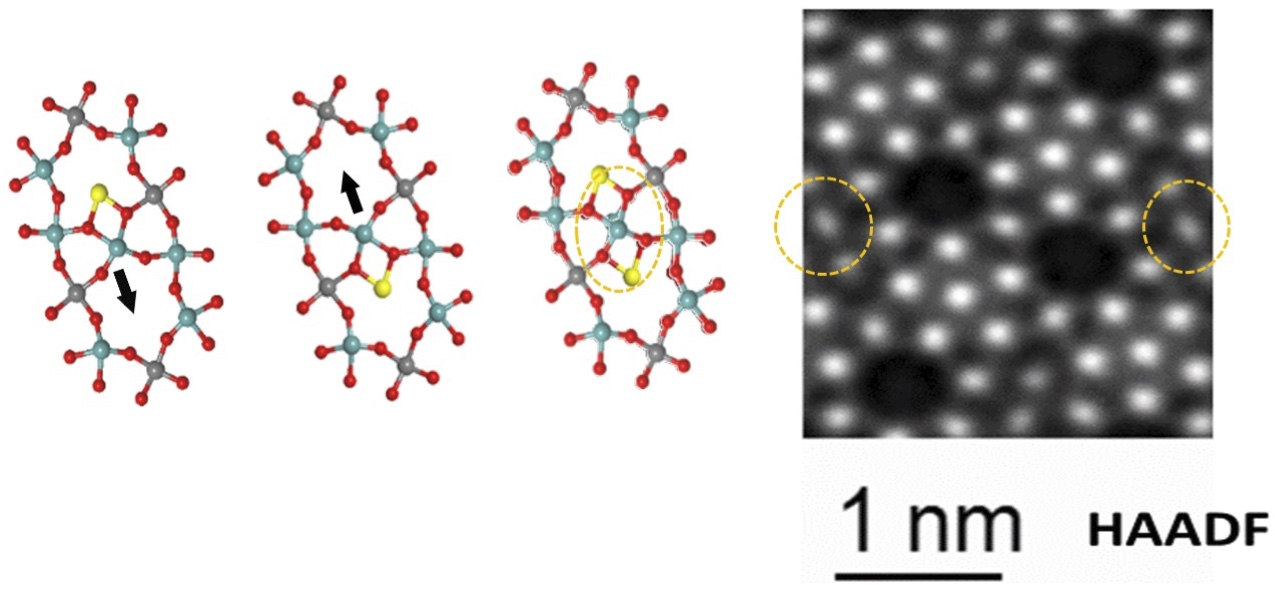Peter Binev (Math) together with Doug Blom and Mike Matthews (PI) from College of Engineering and Computing and Tom Vogt from the NanoCenter received a two-year $1,999,690 grant from Army Research Office for a project entitled "Order in Atom Columns – Imaging Beyond the Virtual Crystal Approximation”.

In the past decade aberration-corrected scanning transmission electron microscopy (STEM) has revolutionized nanoscale imaging: electron probes of 100 pm size can separate atom columns and the imaging contrast of atom columns correlates with the atomic number Z of the chemical element as Z2 in the dark field (DF) and can be calculated using multi-slice frozen-phonon simulations. When the atom column contains atoms of different chemical elements (mixed sites or partially occupied the order of these two different atoms (or atoms and vacancies) cannot be probed if one accounts for the mixed sites by using a weighted linear combination of elemental scattering factors. This is referred to as the ‘virtual crystal approximation (VCA)’ where a ‘virtual atom’ is used to describe all the atoms in the column. The order in atom columns has important consequences for chemical catalysis, optical films, thermal and electrical conductivity, mechanical stability and the general process of structure-composition-property optimization. The VCA approach results in significant errors when assigning a composition to an atom column in DF imaging when compared to calculating the contrast using explicit ordering and dynamical scattering theory. A scatter of intensities of up to 20% is observable when calculating explicit cation ordering in an atom column. Our objective is to advance ways to image beyond the VCA using isophilic configurations as starting models for novel mathematical approaches in machine learning and non-linear approximation.